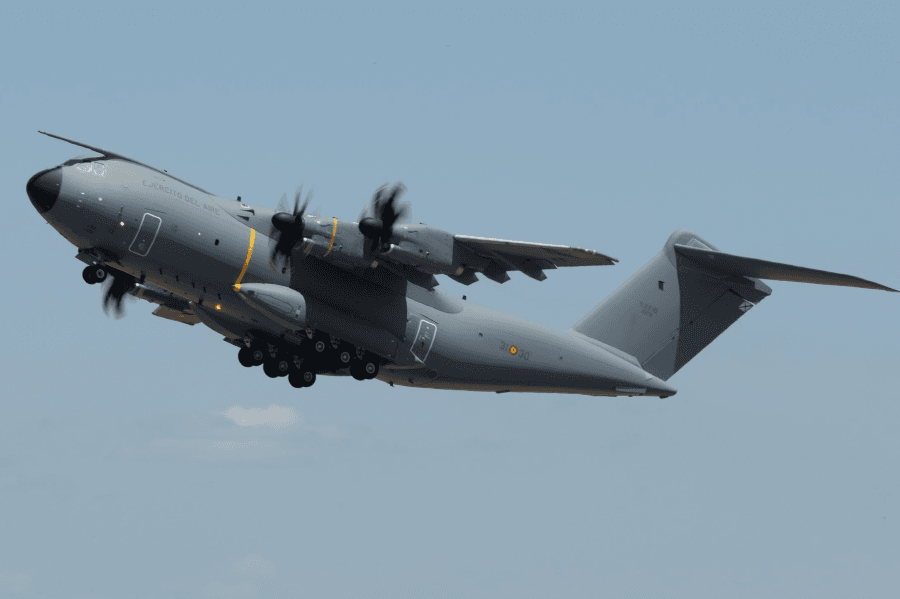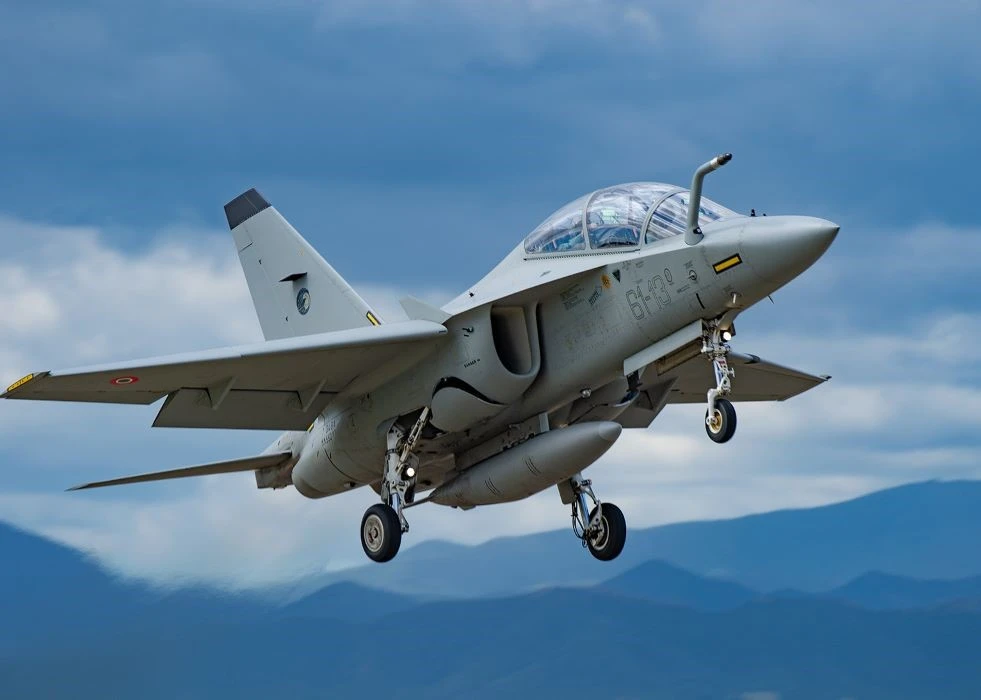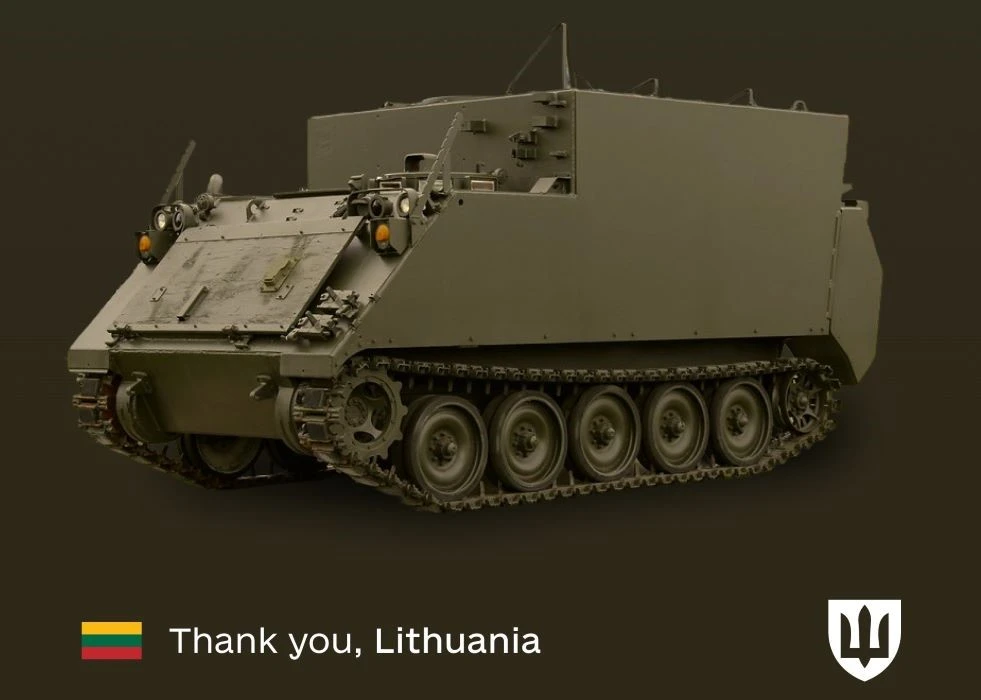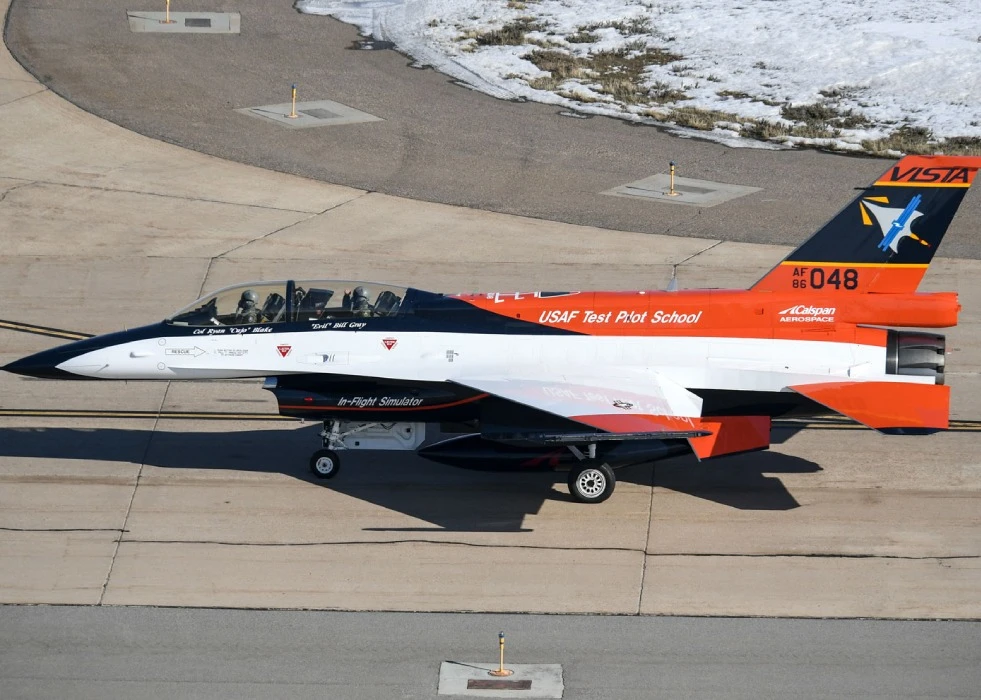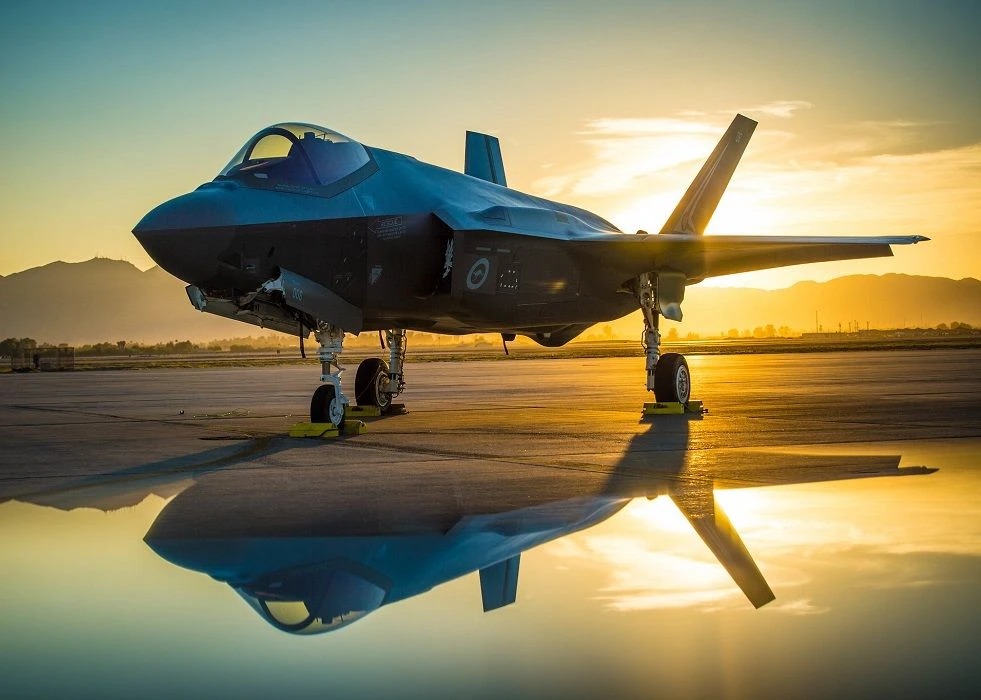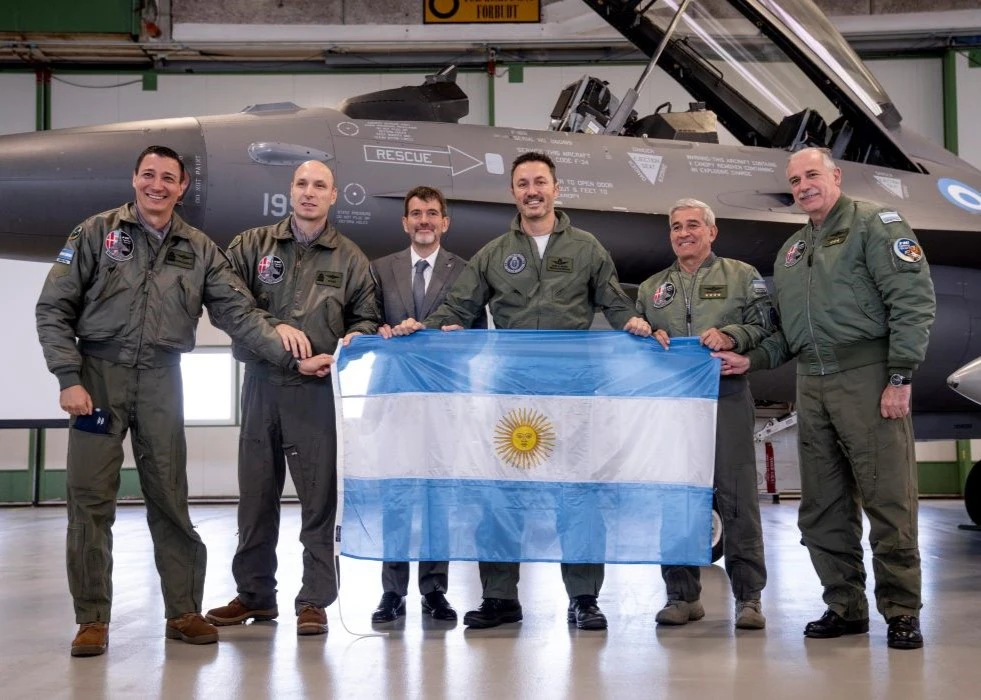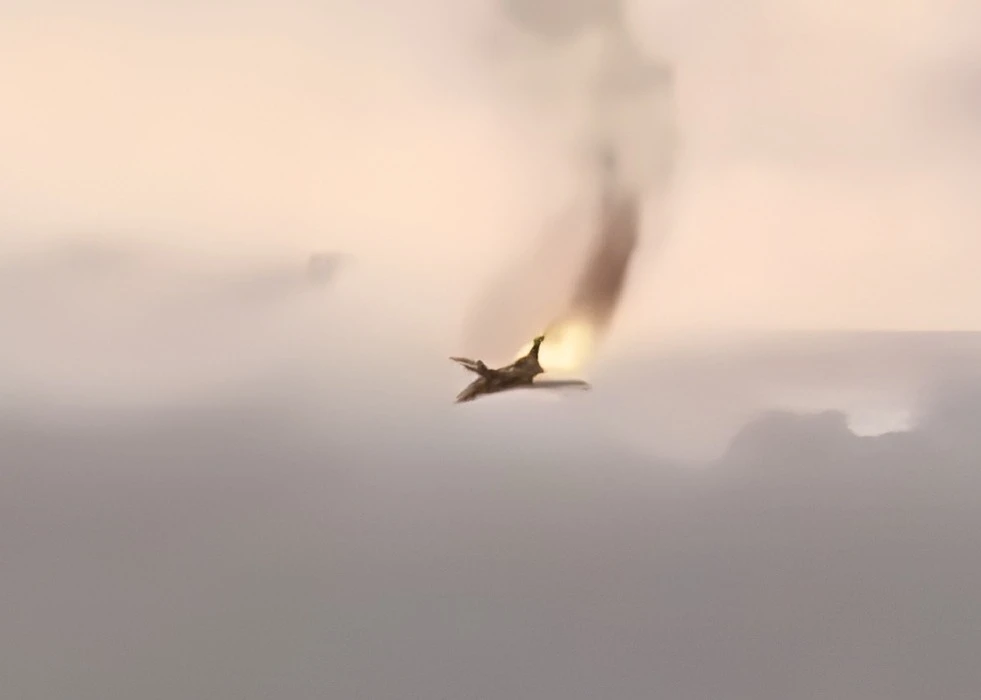Airbus has reached 100 A400M deliveries with MSN111, the tenth A400M for the Spanish Air Force. The aircraft performed its ferry flight on 24th May from Seville to Zaragoza, where the Spanish A400M fleet is based.
The A400M global fleet also achieved the 100,000 flight-hours landmark performing missions worldwide for all eight customer nations.
All A400M operators have been able to operate the aircraft intensively for Covid-19 emergency response missions and conduct joint, collaborative operations. These milestones demonstrate the maturity of the A400M programme on all fronts.
Recently the A400M successfully conducted a major helicopter air-to-air refuelling certification flight test campaign in coordination with the DGA (French Directorate General of Armaments), completing the majority of its certification objectives, including the first simultaneous refuelling of two helicopters.
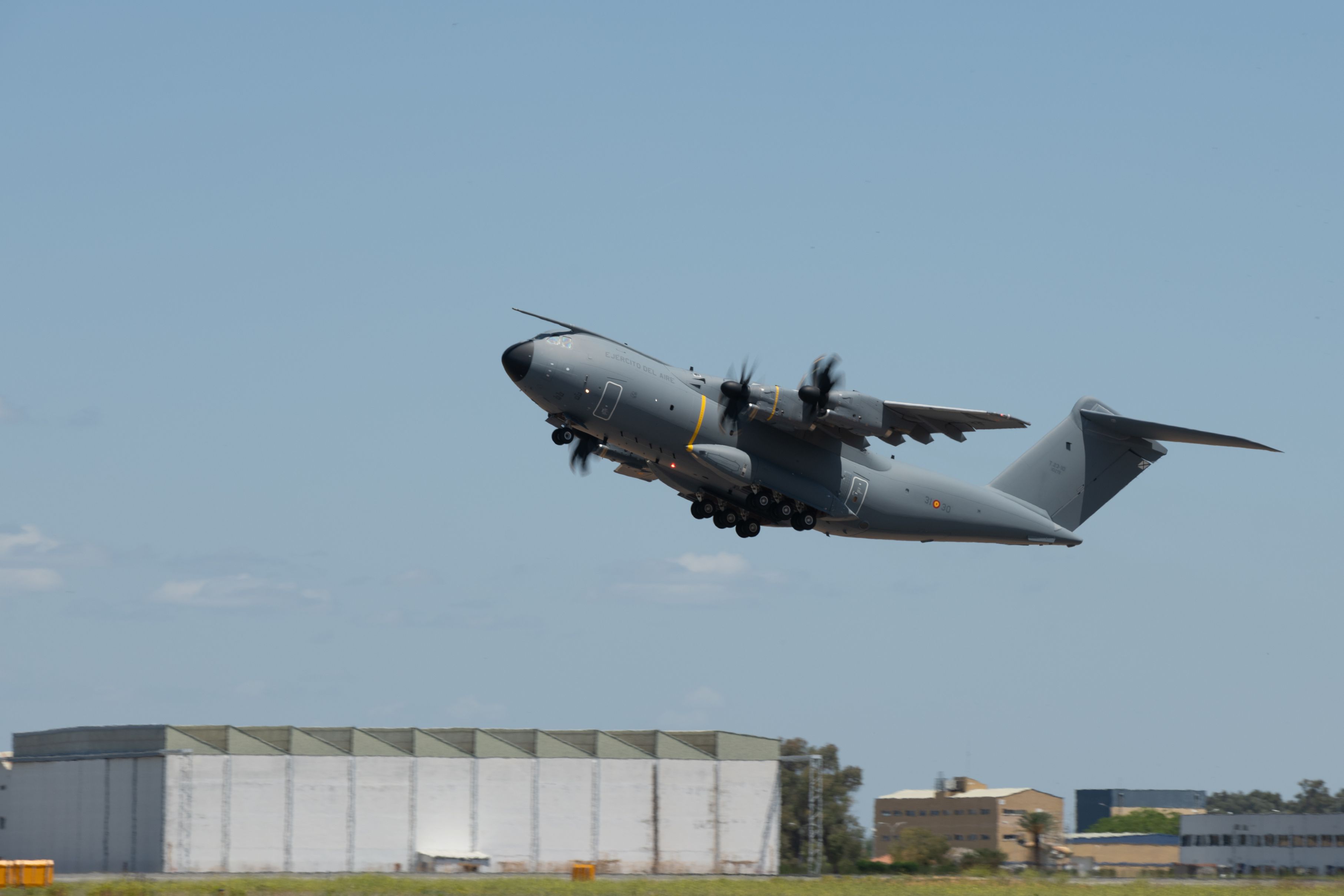
The A400M is already able to drop up to 116 paratroopers via a simultaneous dispatch from the side doors with an automatic parachute opening or from the ramp with automatic parachute opening or in freefall, day and night. In collaboration with the UK Royal Air Force parachute test team, recent tests were completed in Spain to expand up to 25,000 feet (7,600 metres) for automatic parachute opening - and up to 38,000ft (11,582 metres) for free fall.
The A400M also completed additional tests to expand its airdrop capability, including multiple platforms with parachute extraction (23 tonnes). France and Spain participated in these flights. Another way to deliver cargo on austere airstrips without handling equipment was also certified: Combat the offload of up to 19 tons of pallets (one pass) or 25 tonnes (two passes) on paved or unpaved airstrips.
The A400M also achieved a new decisive milestone after the certification flights of its Automatic Low-Level Flight capability for Instrumental Meteorological Conditions (IMC).
It uses navigation systems and terrain databases without a terrain-following radar, which is a first for a military transport aircraft. This makes the aircraft less detectable in hostile areas and less susceptible to threats while conducting operations in hostile environments.

